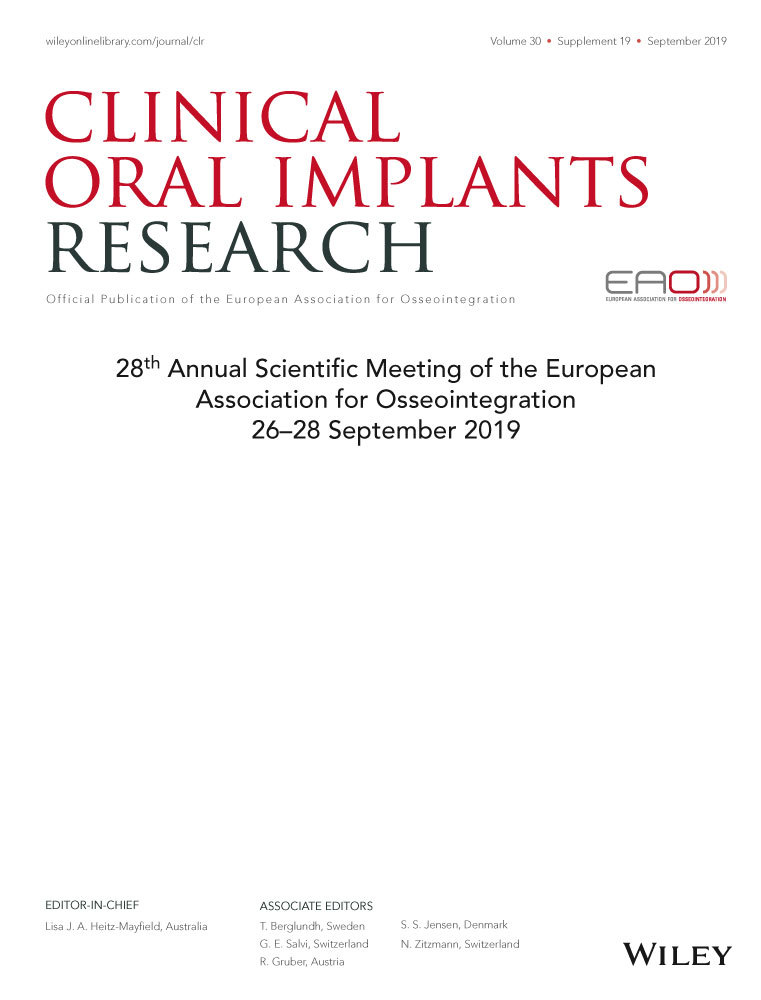Ebselen rescues high glucose suppressed osteogenic differentiation of BMSCs by the activation of PI3K AKT pathway
15414 POSTER DISPLAY BASIC RESEARCH
Background
Patients with diabetes mellitus often have high risk of titanium implant failure due to compromised bone regeneration ability. It has been demonstrated that the poor osteogenic ability is partly due to high glucose-induced excessive oxidative stress. To date, specific treatments for these patients are needed. Ebselen, a non-toxic organoselenium compound, is been reported to be a potent antioxidant agent. However, few studies have yet investigated the effects of ebselen on osteogenic differentiation of bone marrow-derived mesenchymal stem cells (BMSCs) under high glucose.
Aim/Hypothesis
The aim of this study was to evaluate the influence of ebselen on BMSCs under high glucose and explore the underlying mechanism.
Material and Methods
BMSCs were isolated from SD rats and their morphology and multiple differentiation abilities were characterized. BMSCs were divided into 3 groups including- normal glucose (5.5 mM) group (control), high glucose (25.5 mM) group, high glucose supplemented with 10μM ebselen group. The proliferation rate, alkaline phosphatase (ALP) activity, calcium deposition, osteogenic-related protein expression levels and intracellular reactive oxygen species(ROS) generation were evaluated. In addition, western blot was also performed to investigate the role of PI3K AKT pathway.
Results
High glucose decreased the proliferation, ALP activity, calcium deposition, Runx2 and μ-catenin expression levels of BMSCs. However, ebselen could promoted proliferation rate of BMSCs and alleviate osteogenic dysfunction of BMSCs under high glucose. Also, ebselen reduced ROS accumulation in BMSCs and activated the PI3K AKT pathway. However, the pro-osteogenic effects afforded by ebselen were almost abolished by Akt inhibitor.
Conclusion and Clinical Implications
This study demonstrated high glucose suppressed osteogenic differentiation of BMSCs, which was verified by reduction of ALP activity, calcium deposition and Runx2 and μ-catenin expression levels. Importantly, ebselen scavenged free radicals and promoted osteogenic differentiation of BMSCs under high glucose. The recovery of osteogenic ability was partly through the modulation of PI3K Akt signaling pathway. These results suggested that ebselen have potential therapeutic effect for patients with diabetes mellitus to combat bone regeneration dysfunction.




